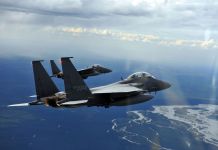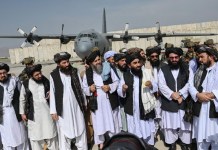Come 2022 and there will be a lot of activity involving the Saab Gripen fighter program. The Swedish firm is all set to handle deliveries of its Gripen E multi-role-fighter aircraft to Swedish and Brazilian air forces.
Saab currently has nine jets ready in its assembly line and the number will rise by the end of December 2021. Four of these Gripens will be sent to the Brazilian Air Force (FAB) early next year. This delivery is part of a contract for 36 Gripen E signed years ago.
The Swedish Air Force too is scheduled to receive its first Gripen E in 2022. As of now, the service has ordered 60 Gripen E jets for its three squadrons. The Gripen Es are meant to complement the existing Gripen A and D (two-seater) variants in its arsenal.
Thirty fighters are ready in its assembly line, the company revealed. The two-seat Gripen F variant is under development. Brazil will house the assembly line for this variant.
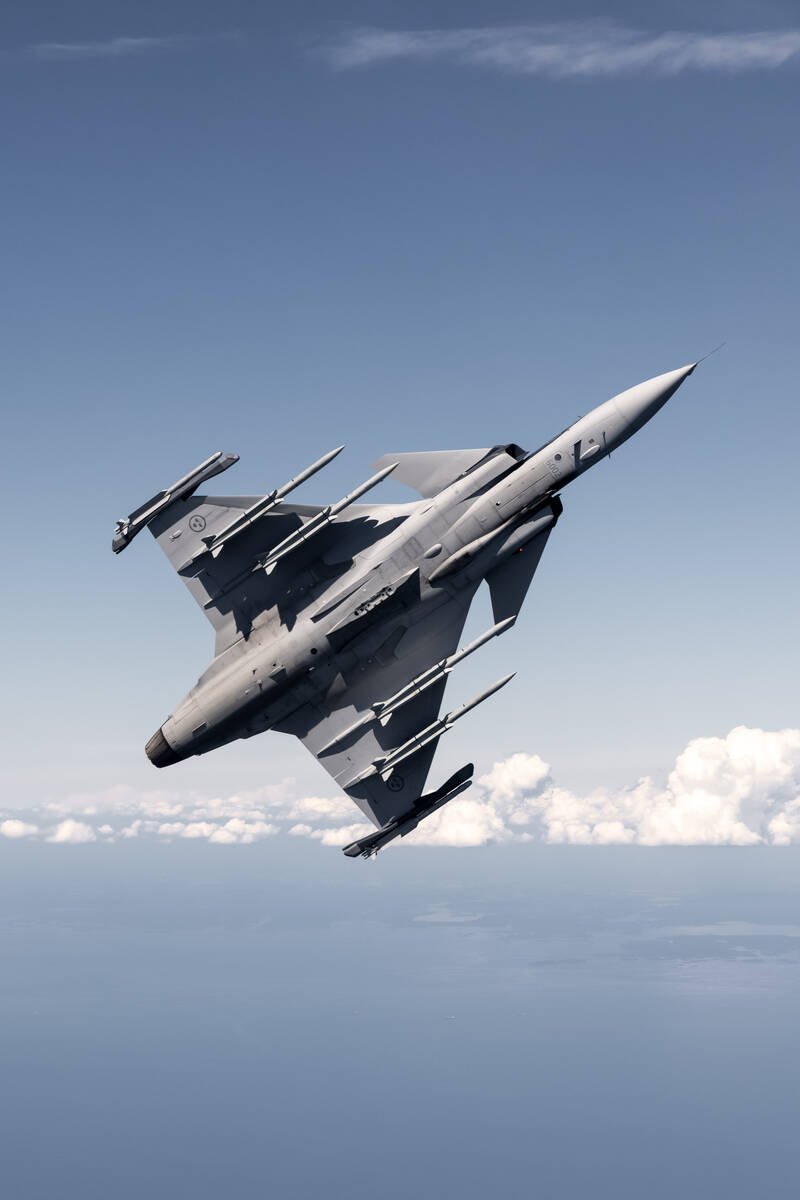
Speculation is rife that Finland could be a new customer of the SAAB Gripen. Finland currently operates the F/A-18 Super Hornets which have remained in service since the 1990s. Saab is competing with Dassault, Eurofighter, Boeing, and Lockheed Martin for the Finnish contract.
The Swedish company is offering 64 Gripen E/F fighters and two GlobalEye Airborne Early Warning & Control (AEW&C) aircraft.
The Gripen E
The Saab manufactured Gripen E is an enhanced version of the Gripen C/D multi-role aircraft. The aircraft has an overall length of 15.2 meters; it has a wingspan of 8.9m and can cruise at a maximum speed of 2 Mach. The Gripen E has a maximum takeoff weight (MTOW) of 16,500 kilograms.
The fighter is propelled by the GE F414G turbofan engine. The development of the Gripen E test aircraft began in July 2013. The initial work involved the assembly of the aircraft’s front fuselage.
The mounting of the aircraft’s payload was carried out by RAUG Aerostructures, a globally active tier 1 supplier developing and manufacturing complete aircraft tail sections, wing and flight control components.
New components were integrated with the jet. These were further tested and successfully demonstrated in the Gripen 39-7 E/F demonstrator program.
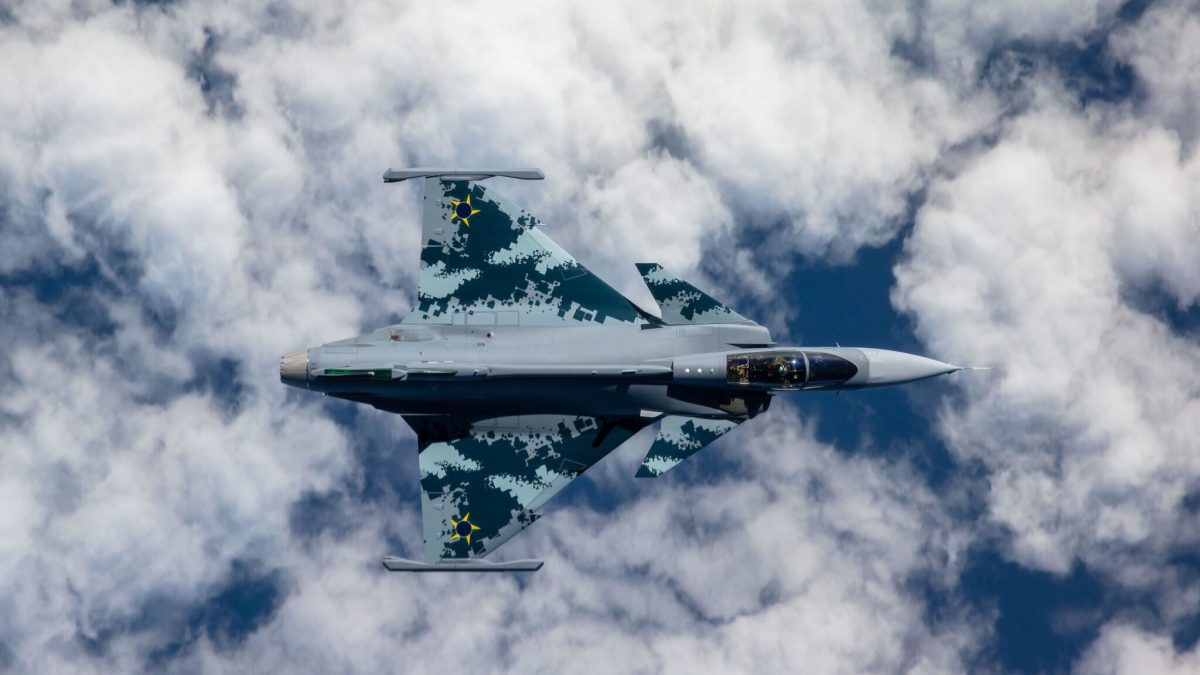
The Gripen E aircraft comes equipped with top-of-the-line Infra-Red Search and Track (IRST) sensors. It made its maiden flight in April 2014 while the first test aircraft was rolled out in May 2016.
The first Brazilian Gripen E fighter made its maiden flight at Saab’s airfield in Linköping, Sweden, in August 2019 and was delivered to the Brazilian Air Force for evaluation the following month.
Brazil Rejected Dassault Rafale
Brazil had decided to procure the Saab Gripen over the Dassault Rafale. This led defense some analysts to analyze how that could potentially open doors for the Saab Gripen for the purposes of the Indian MMRCA contract in 2014, which was later scrapped.
With the IAF procuring 36 Rafales in fly-by condition, the Indian Air Force is looking at the same offerings with added features for its MMRCA 2.0 contract.
In his 2014 article written for Business Standard, Shukla had cited Indian analyst Manoj Joshi’s argument, who had then claimed that the procurement of the Sea Gripen would let the Defence Research and Development Organisation (DRDO) collaborate with Saab as its design partner for the Naval variant of the Tejas and Tejas Mark II.
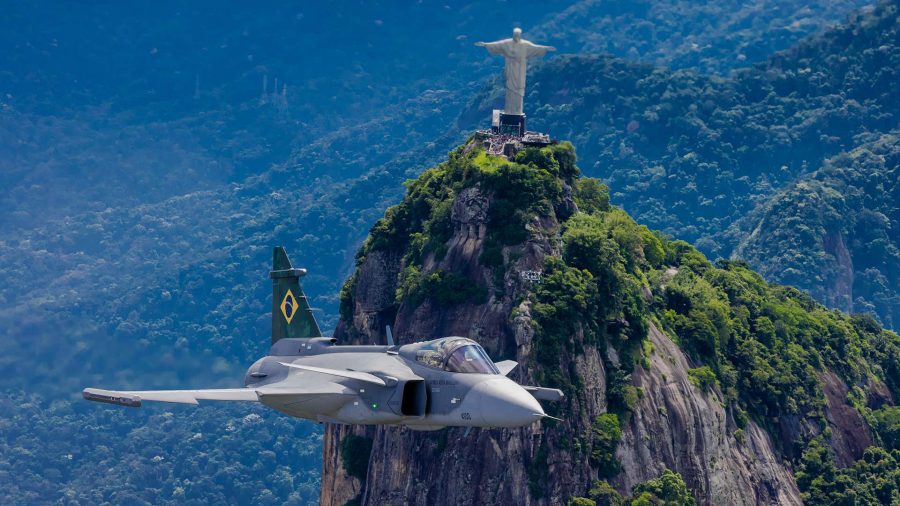
The EurAsian Times had previously reported how certain prospects can hamper Rafale Marine’s chances. According to Shukla, erstwhile DRDO chief, Dr VK Saraswat, had approached Saab in 2011 with a proposal to collaborate on the Tejas Mark II.
This was followed by in-depth deliberations the following year (2012). Then in 2013, the Swedish company was issued a Request for Proposal, which was examined and discussed by the DRDO. However, there has been no progress on this since then.
India’s Interest In Saab Gripen?
Both the Tejas and Gripen have several technical parameters in common. In fact, a recent study by Research & Markets put the two jets among the best light combat aircraft (LCA) in the world. Both the Tejas and the Gripen fall within the 14-tonne class.
Saab had changed the Gripen NG’s engine to the more powerful General Electric F-414 turbofan and added more fuel while it was under development.
DRDO proposes to do exactly the same for its latest LCA Mark II. However, equipping the Tejas MK-II with the bulkier, heavier F-414 would require re-engineering of the fuselage and would require Saab’s expertise to which the company has obliged.
“The greatest benefit to the Tejas Mark II could be from the Gripen’s superb networking. Aerial combat is no longer about eye-catching aerobatics; it is about data links; networking, and cockpit avionics, which is Saab’s strength,” Joshi was quoted by Shukla as saying in his 2014 article.
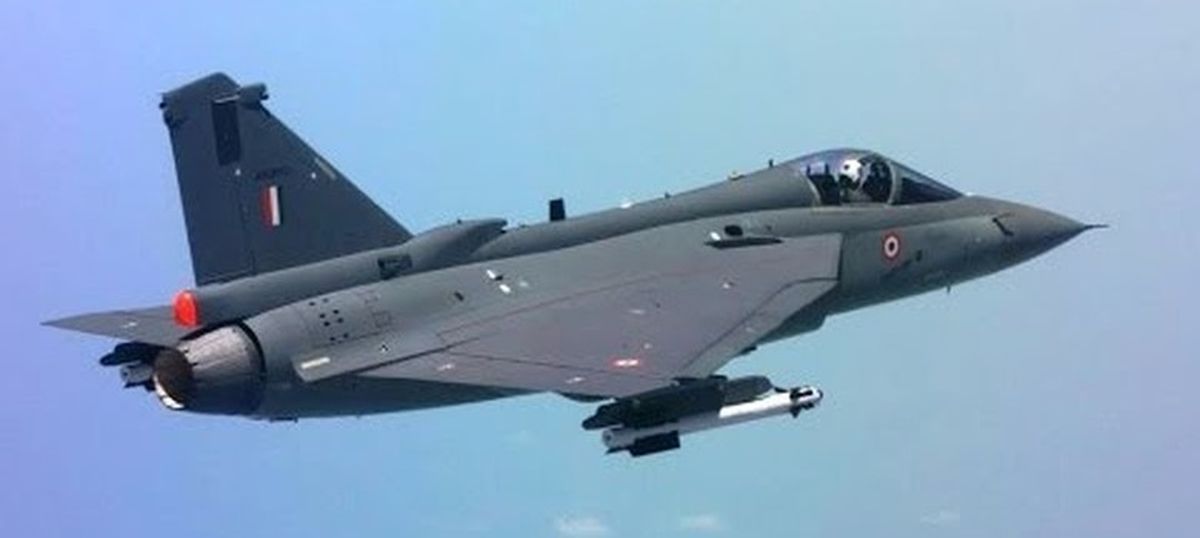
Saab’s maintenance philosophy is something the DRDO was keen on learning about. The Saab Gripen is often touted as the world’s most easy-to-maintain fighter.
For instance, following an hour-long mission of a Gripen, it would take only half an hour by a group of 6-10 technicians to get it ready for another sortie. The Rafale on the other hand takes approximately 15 maintenance man-hours per flight hour.
A study by military magazine Jane highlights that the operating cost of the Gripen is $4,700 per hour while the Rafale is thrice as expensive, at $15,000 per hour.
A DRDO engineer had told Shukla that “the Tejas Mark I has not been designed with operational availability in mind. It is a maintenance nightmare, with sub-systems inaccessible. The Tejas Mark II will need Saab’s help to radically re-engineer these.”
- Aritra Banerjee is a defense journalist who has worked in both online and print media. He has laid an emphasis on issues related to military human resources, tactical psychology, military-media relations, professional military education, and combat fitness. He can be reached on email: aritrareporter@gmail.com.
- Follow EurAsian Times on Google News


